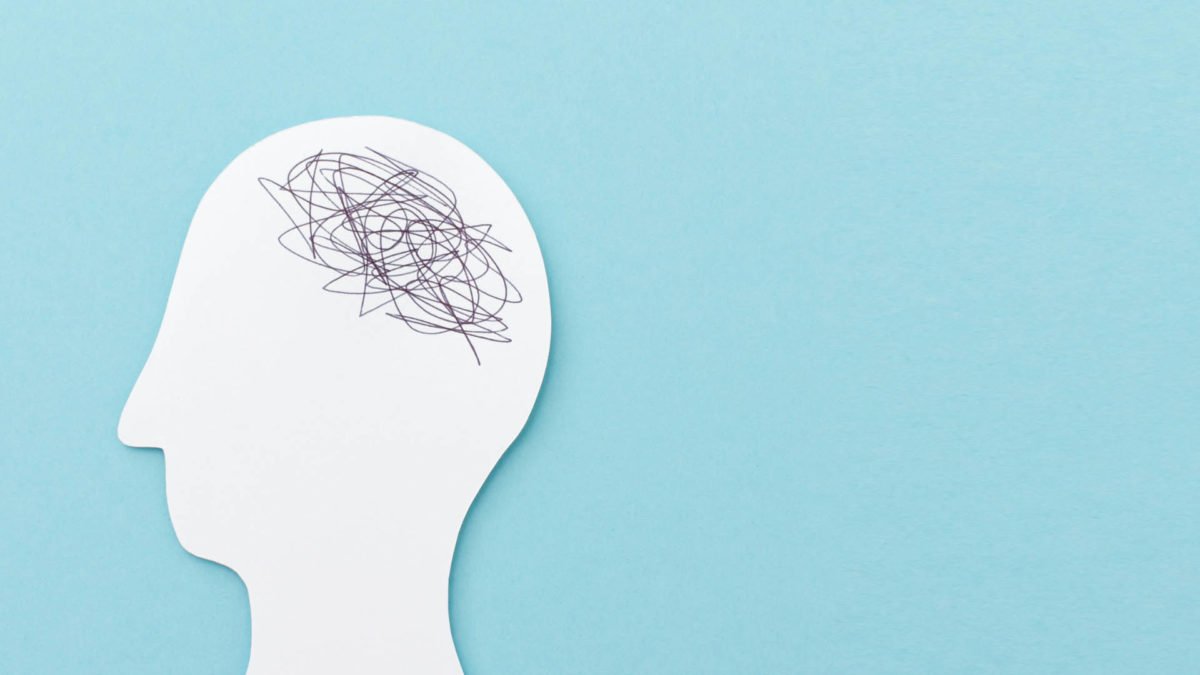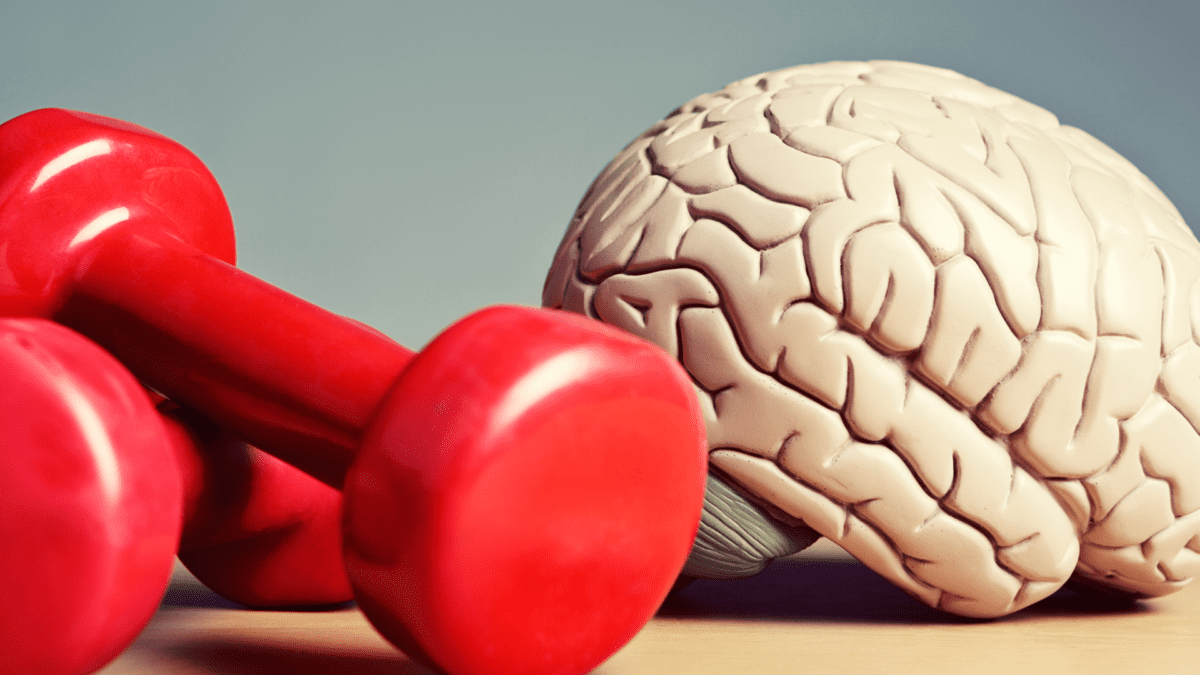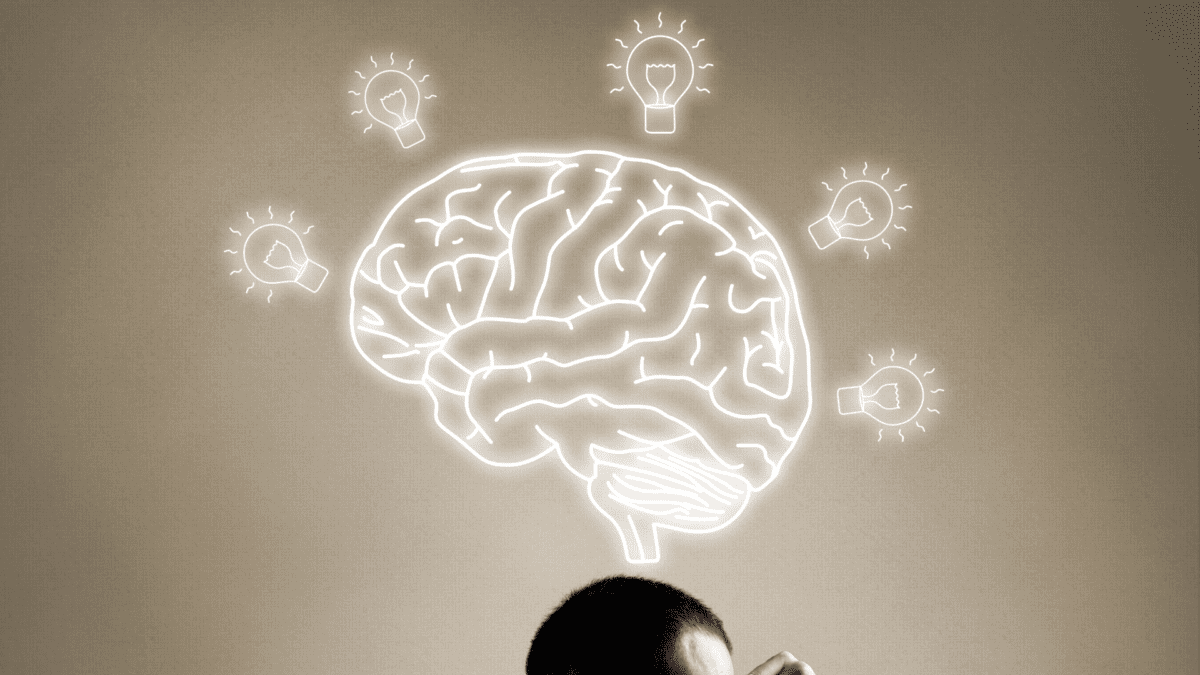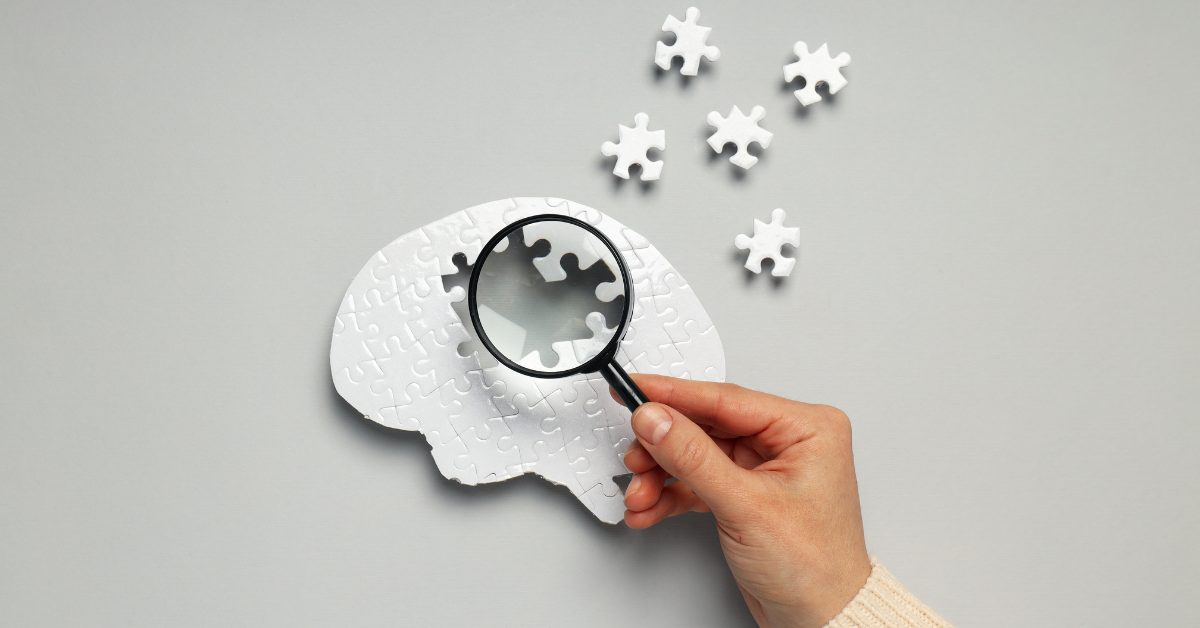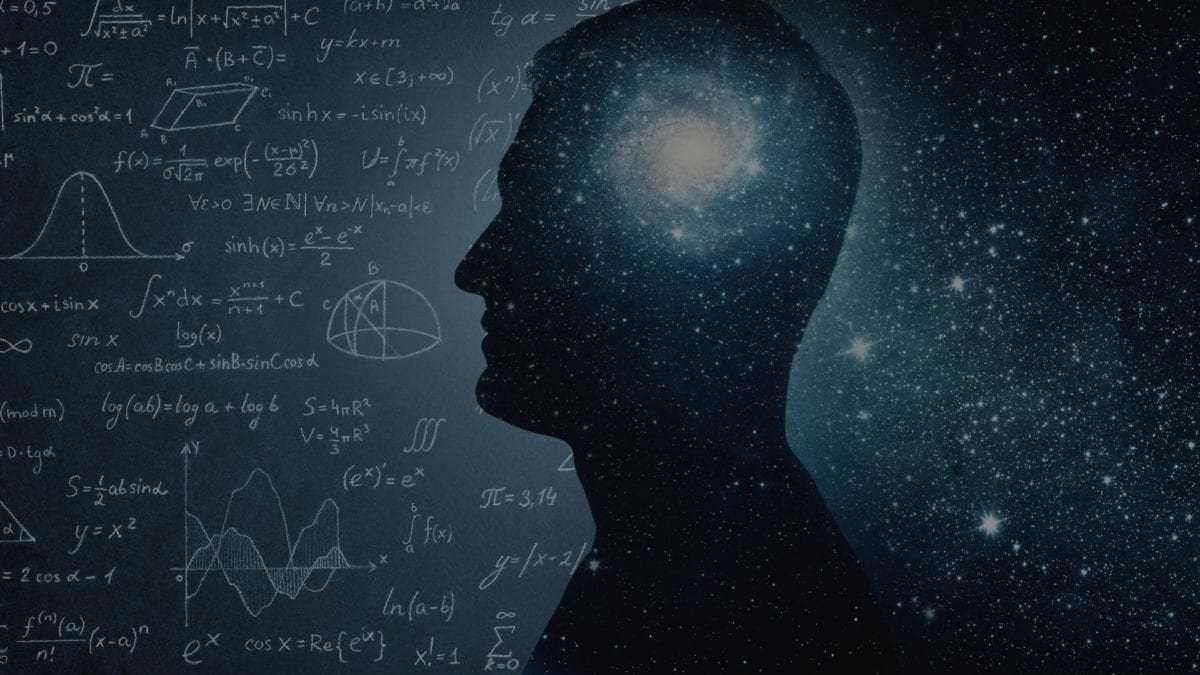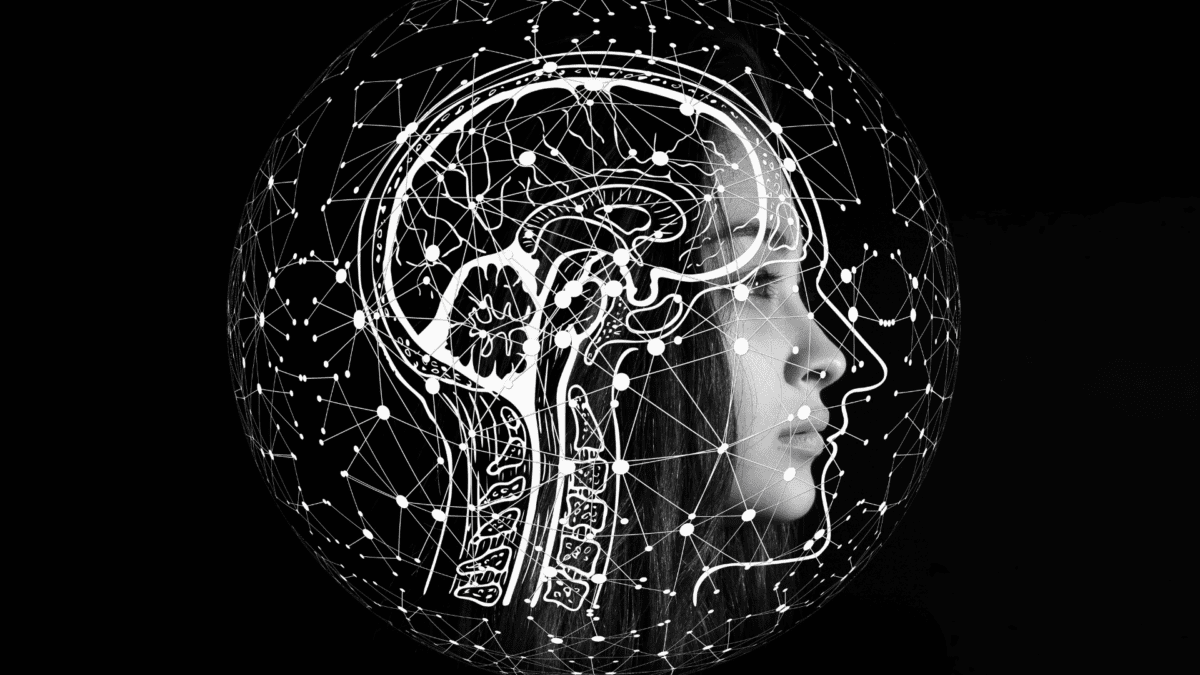Introduction:
The world of neuropsychiatry has seen tremendous shifts and advancements. Dr. E.S. Krishnamurthy, a distinguished neuropsychiatrist from Chennai, India, exemplifies this with his unique approach. Through this elaborative piece, Sonalini Mathew invites us to delve into the heart of Budhi Clinic, an epitome of integrative health facilities.
1. A New Wave in Neuropsychiatry:
Traditionally, patients approach psychiatrists with expectations of counseling sessions and prescriptions. However, the 21st century has ushered in an era where patient centered care dominates, focusing on holistic wellbeing. Dr. Krishnamurthy’s Budhi Clinic is at the forefront of this paradigm shift.
2. Integrative Health – The Core of Budhi Clinic:
Far from the stereotypical psychiatrist’s office, Budhi Clinic embodies the essence of integrative health. Here, patients are treated not merely as receivers of medication but as holistic individuals with multifaceted needs and preferences. Such a perspective in neuropsychiatry aligns with the global trend of integrating various therapeutic modalities for a comprehensive approach to health.
3. Beyond Medication – The Array of Offerings:
Budhi Clinic, under the visionary guidance of Dr. Krishnamurthy, offers an impressive array of treatments:
Brain Stimulation Techniques: These cutting edge procedures harness the power of electrical currents or magnetic fields, catering to specific neurological conditions.
Holistic Rehabilitation: Spanning physical therapy, occupational therapy, and neuro developmental therapy, the clinic provides a robust foundation for patients to rebuild their physical and cognitive functions.
Holistic Health Modalities: True to its integrative philosophy, Budhi Clinic introduces traditional practices like Ayurveda, Natural Pathy, and Yoga, acknowledging the time tested benefits these disciplines offer in conjunction with modern medicine.
4. Tailored Programs and Patient Empowerment:
One of Budhi Clinic’s distinguishing features is its commitment to tailoring programs specific to a patient’s condition and preference. Recognizing that every individual’s journey to health and wellbeing is unique, the clinic’s approach is dynamic, ensuring that patients feel heard, understood, and supported.
5. Inviting a New Experience:
Budhi Clinic’s integrative health facility’s allure extends beyond its treatments. It offers a renewed perspective on healing and recovery, challenging conventions and inviting individuals to explore avenues of wellness they might never have considered.
Conclusion:
Dr. E.S. Krishnamurthy’s Budhi Clinic serves as a beacon for the future of neuropsychiatry. By combining modern techniques with traditional wisdom, it offers a promise – a holistic healing journey tailored for every individual, transcending the traditional boundaries of neuropsychiatric care.
Healing is not a mere transaction, but a harmonious collaboration of modern techniques and ancient wisdom.
Explanation of the Quote:
This quote beautifully encapsulates the ethos of Budhi Clinic. It emphasizes the idea that genuine healing isn’t just about modern technological advances, but also about embracing the deep rooted wisdom of traditional practices. True healing comes from a harmonious blend of both.



